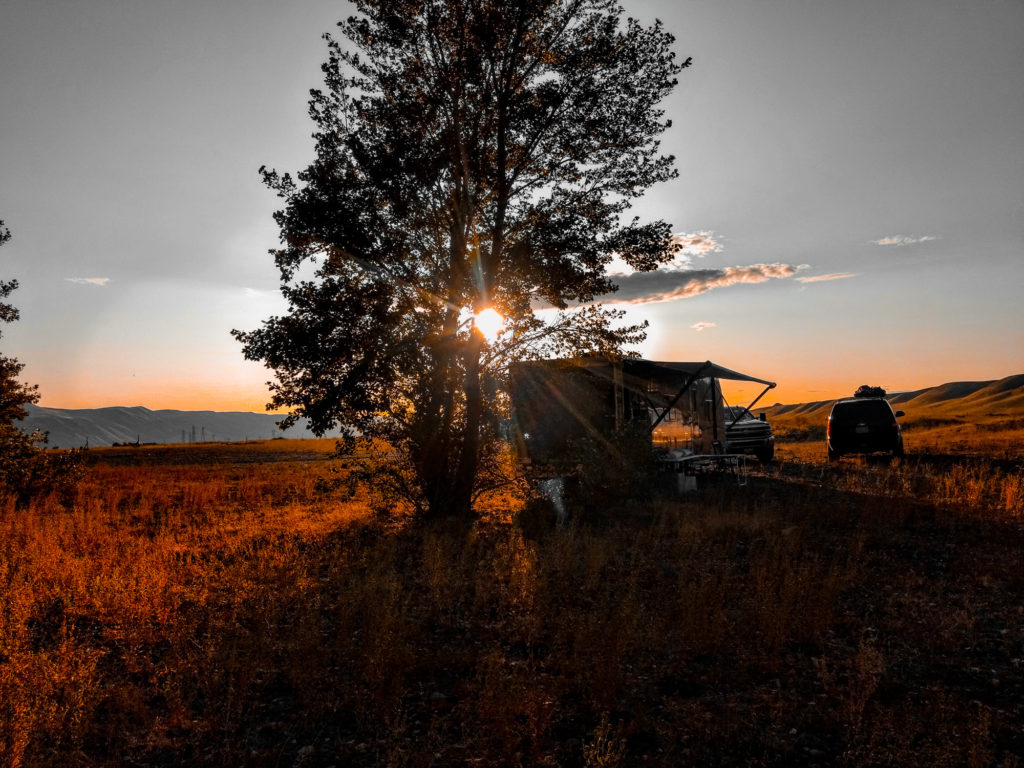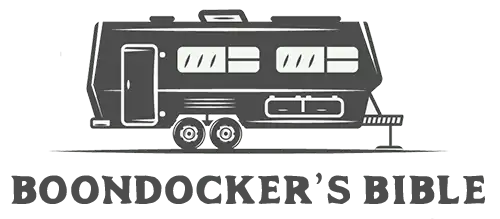The State of Washington allows camping on its state trust lands, but only on areas that they have designated specifically for such use. The Washington State Department of Natural Resources (DNR) manages these lands, and are in charge of operating these specific areas.

Camping on Washington State Trust Lands
The Washington State Department of Natural Resources (DNR) manages nearly 3.3 million acres of state trust lands. While most of it is open for various forms of recreation like hiking, picnicking, bird watching, fishing, etc., only a smaller portion of these lands are open for camping.
Specifically, camping is limited to areas designated as “recreation areas”. The DNR manages 160 total recreation areas across the State.
Where to Find Recreation Areas and Campgrounds
- The DNR publishes an online guide of recreation areas and campgrounds on its website (click here).
- The DNR also has an interactive map of recreation areas and campgrounds (click here).
How Much Does it Cost to Camp on Washington State Trust Lands?
The DNR states that camping is always free on its recreation areas and campgrounds.
However, the DNR requires you to purchase a “Discover Pass” to enter these areas. Fees for a Discover Pass are…
- $35.00 for an annual Discover Pass, applies to both Washington residents and out-of-state residents
- $11.50 for a single day pass
- Discover Pass is good for one vehicle at a time, however it can be transferred to another vehicle in your household
- You can purchase a Discover Pass online, then print it out. Or, you can visit one of hundreds of participating stores and shops across the State and buy one in person. Visit the Discover Pass website for a list of retail locations.
Rules for Camping on Washington State Trust Lands
The DNR establishes unique sets of rules for each recreation area and campground. However, many of these campgrounds tend to have similar rules…
- Maximum length of stay at a campground is often 7 days in a 30 day period.
- Maximum length of stay while dispersed camping is often 10 days in a 30 day period.
- Some recreation areas and campgrounds may permit longer lengths of stay.
- Dispersed camping is permitted only in specific recreation areas where the DNR has permitted dispersed camping.
- Campfires are only permitted in recreation areas where the DNR has specifically permitted campfires.


Hi, today we found out you cannot disperse camp in the Capitol forest state of Washington. Are there one night and approached the next morning. We were told it was a working Forest and there is a whole set of different rules for the Capitol forest Washington.
Interesting to know J&J, thanks for the tip.
After 7 days you can then move to another DNR campground, or you are limited to 7 days total in 30 days in DNR campgrounds?
Patrick, the DNR does not offer any more specifics on this, other than that the maximum stay limits apply at any DNR campground, or dispersed camping area. We understand this to mean that the 7-day limit and the 10-day limit applies across the entire DNR, not at each specific campsite. Thus, after you reach the 7-day or 10-day maximum, you are not allowed to camp anywhere within the DNR until after the 30 days expires. Keep in mind that the 30 days begins on your first day of camping. Thus if your camping limit is 7-days, then you have to wait another 23 days to resume camping within the DNR again. But also keep in mind that DNR officers are not able to keep track of your movements across the State of Washington, thus you could easily move to another DNR camping area, as long as its an area where the same officers are not patrolling.
DNR in capital forest knows that the rich teenagers party every weekend in the forest and they do nothing about it. They leave trash behind shoot guns at night break glass so you’ll get a flat tire. One set of rules for the t of wns wealthy brat’s and another set of rules for others.
Well I was just contacted by the DNR officer who accused of making the woods not look like the woods anymore even though it’s just me and my wonderful family just literally making ends meet and the place was trash when we pulled in and we’ve been cleaning it up and now we’re being asked to leave. You know it would be nice if people realized that people come into hard times in this world especially since covid hit and some of us enjoy teaching our children about real stuff like the outside world and nature
Was contacted by the DNR officer whom claimed that the woods didn’t look like the woods anymore,and acted as if my wonderful family and I were ruining it. He could clearly see that we were just trying to make ends meet, and tried to act as if he cared. I couldn’t understand why he was acting like this as when we first drove up us forestry rd. 38 and found this nice huge open area that has obviously been used for camping before this spot was completely covered from deeper in the woods area all the way out to the road with massive amounts of trash and truck canopy and tires and batteries along with massive glass and metals ( Those are the things that destroy the woods). We cleaned it up enough to back our trailer into and got it all situated nicely and continued to clean it up as we were here and to be treated like that is a shame . What is so wrong with being out in the wilderness a beautiful place with your family with so many valuable lessons to teach our children about our land. While people come in all day and night and go shooting or partying and trash the place where we teach our kids another lesson and my family and I have spent countless hours cleaning up after these guys and how do we get repayed… We get repayed by the DNR officer giving us over a 1000.00 worth of fines that are bogus ….What happened to human decency and kindness in this world… Just a lovely family making ends meet and enjoying life in the great PNW outdoors